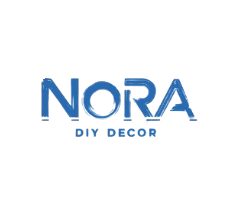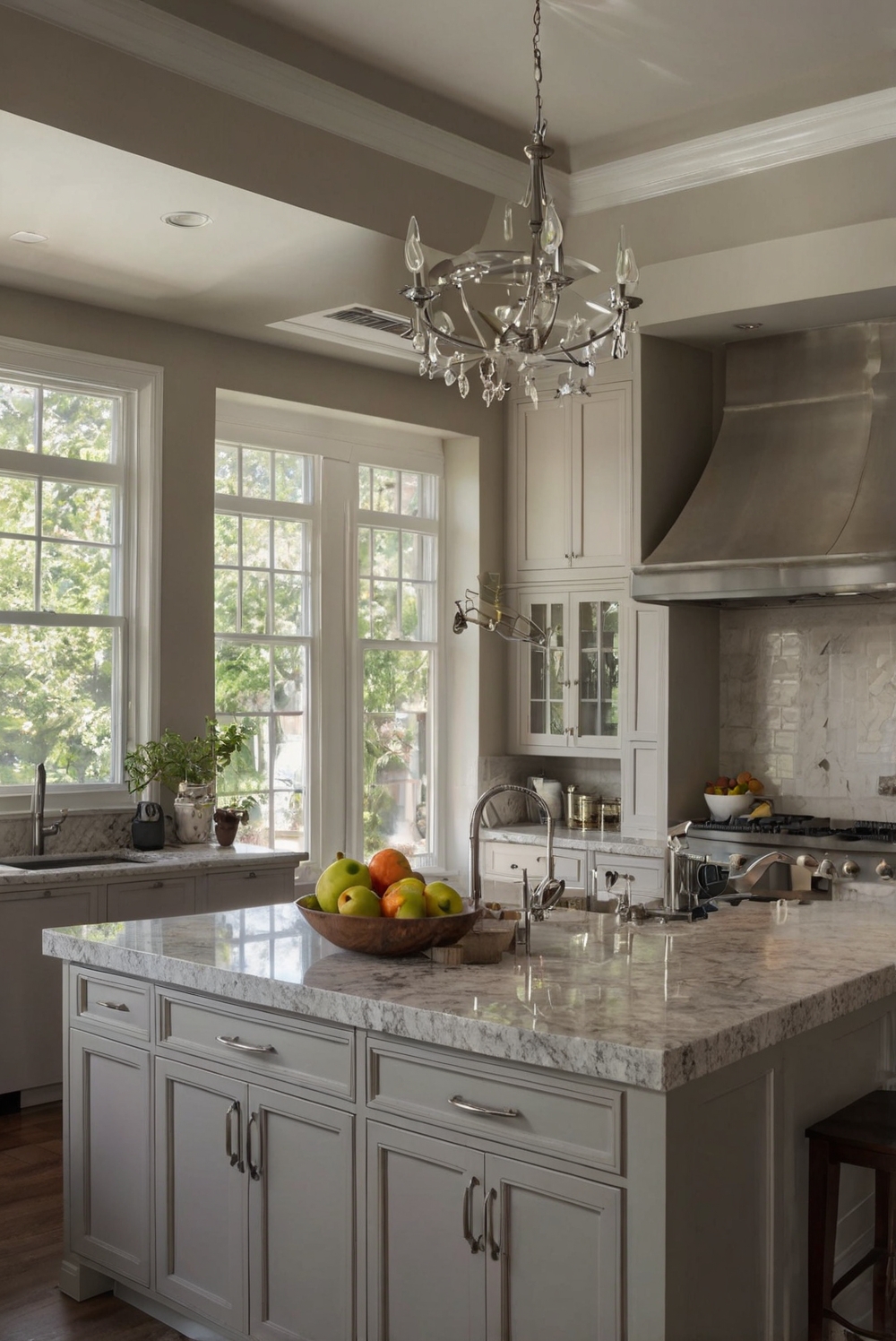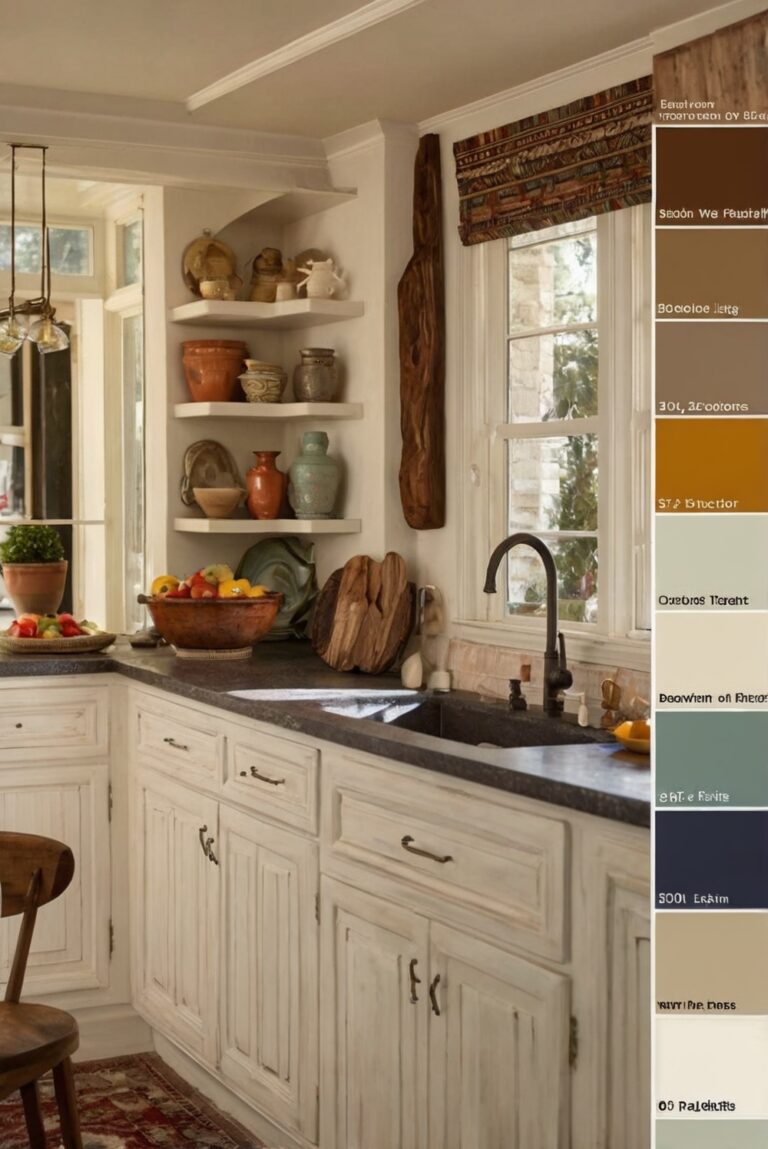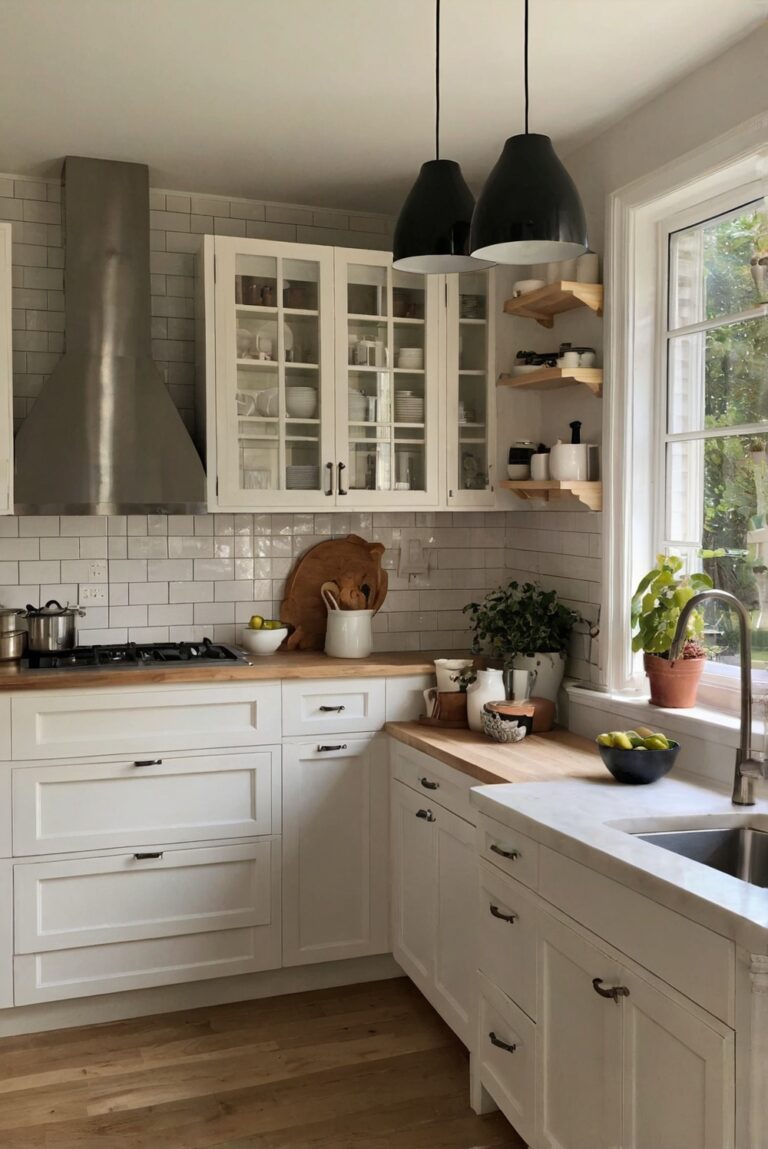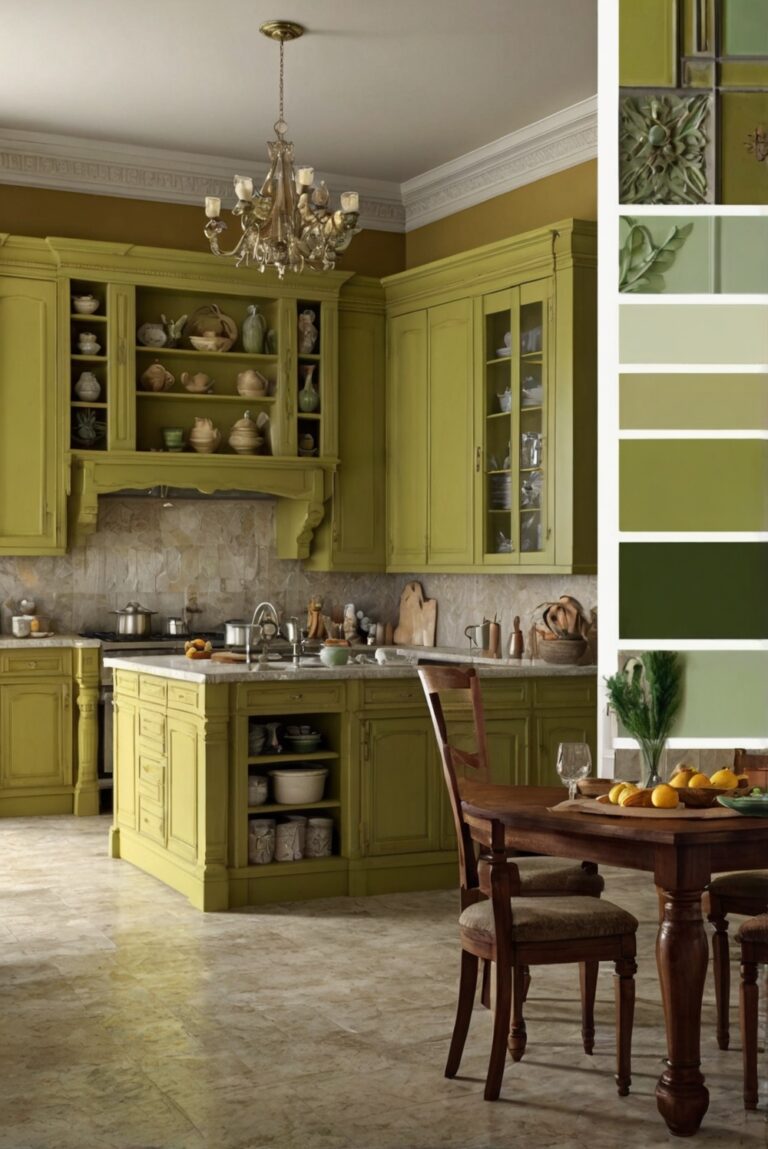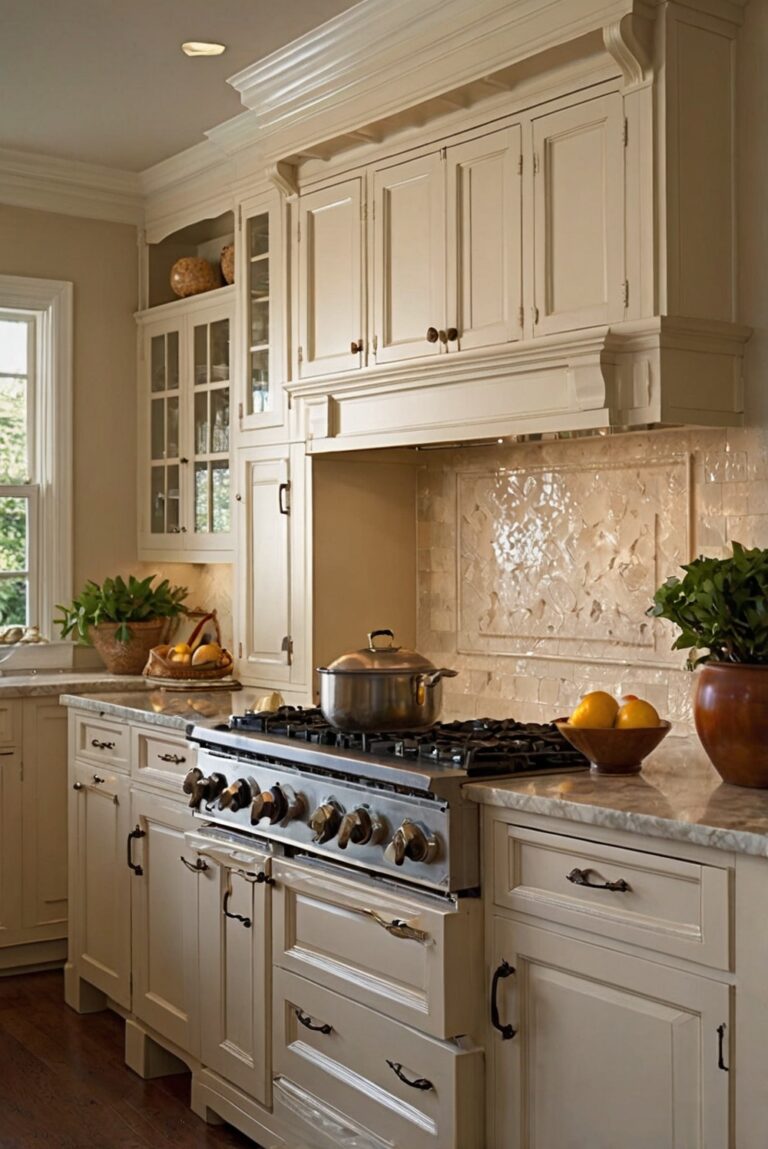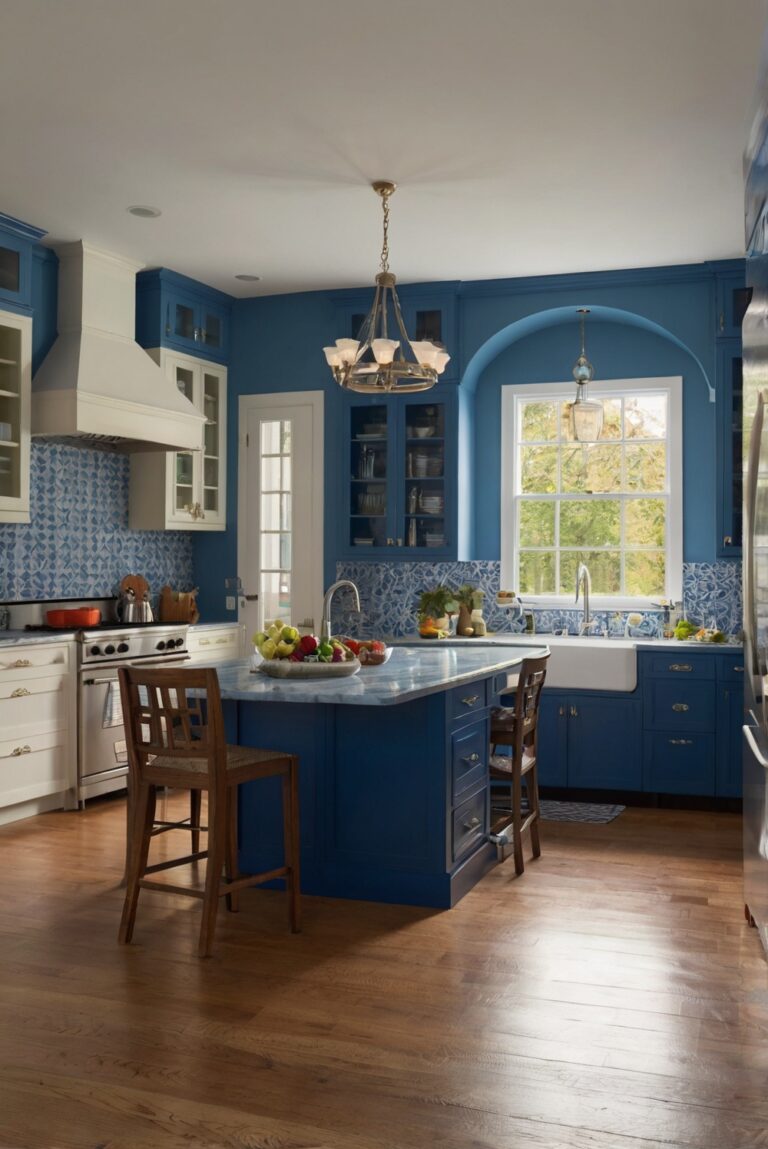How to mix and match different lighting styles in your kitchen?
Explore a seamless blend of lighting styles for your kitchen space. Discover how to expertly mix and match various lighting to enhance your daily interior designer routine.
To mix and match different lighting styles in your kitchen, start by assessing the existing lighting and the areas that need improvement. Consider combining ambient, task, and accent lighting for a well-balanced and functional space. Ambient lighting brightens the overall area, while task lighting focuses on specific work areas like countertops or stovetops. Accent lighting highlights features like artwork or architectural details. Make sure to choose fixtures that complement your kitchen style and color scheme. Incorporating a mix of pendant lights, recessed lighting, and under cabinet lights can create a layered and inviting ambiance. Experiment with different fixture designs, materials, and finishes to add visual interest. Remember to consult a professional if needed for wiring or installation to ensure safety.
How to Mix and Match Different Lighting Styles in Your Kitchen?
1. Understand the Importance of Lighting in Your Kitchen
In a kitchen, lighting serves both functional and aesthetic purposes. Adequate lighting is essential for cooking, cleaning, and other tasks, while the right lighting fixtures can enhance the overall look and feel of the space. By mixing and matching different lighting styles, you can create a well-lit and visually appealing kitchen.
2. Consider Different Types of Lighting
There are three main types of lighting to consider when designing your kitchen:
– Ambient lighting: Provides overall illumination for the space.
– Task lighting: Focuses on specific work areas like countertops and stovetops.
– Accent lighting: Highlights certain features or areas in the kitchen.
3. Mix and Match Lighting Fixtures
To achieve a balanced and stylish look in your kitchen, consider mixing different types of lighting fixtures. For example, you can combine recessed lights for ambient lighting, pendant lights over the kitchen island for task lighting, and under-cabinet lights for accent lighting. Mixing different fixtures adds depth and visual interest to the space.
4. Choose Complementary Styles
When mixing and matching lighting styles, it’s important to choose fixtures that complement each other. Consider the overall design and color scheme of your kitchen to ensure that the lighting fixtures blend seamlessly with the rest of the decor. For example, if you have a modern kitchen, sleek and minimalist lighting fixtures may be the best choice.
5. Create a Lighting Plan
Before installing any lighting fixtures, create a lighting plan to determine the placement and types of lights you need in each area of your kitchen. Consider the different functions of each space and how lighting can enhance them. A well-thought-out lighting plan will ensure that your kitchen is well-lit and visually appealing.
In conclusion, mixing and matching different lighting styles in your kitchen can elevate the overall look and functionality of the space. By understanding the importance of lighting, considering different types of lighting, and choosing complementary styles, you can create a well-lit and visually appealing kitchen that meets your needs. Remember to create a lighting plan to guide the placement and types of lighting fixtures you choose. With these tips, you can transform your kitchen into a beautifully lit and inviting space.
1. What are the primary lighting styles for kitchens?
– The primary lighting styles for kitchens include ambient lighting, task lighting, and accent lighting. Ambient lighting provides overall illumination, task lighting focuses on specific work areas such as the countertop or sink, and accent lighting adds visual interest and highlights features like cabinets or artwork.
2. How can I mix and match different lighting styles in my kitchen?
– To mix and match lighting styles in your kitchen, consider layering different types of lighting. Use a combination of overhead ambient lighting, under cabinet task lighting, and decorative accent lighting. This creates a balanced and functional lighting scheme that enhances both the aesthetics and functionality of your kitchen.
3. What are some popular lighting fixtures for kitchens?
– Popular lighting fixtures for kitchens include pendant lights, track lighting, recessed lighting, and chandeliers. Pendant lights are versatile and can be used over islands or dining areas, while track lighting allows for adjustable and focused illumination. Recessed lighting provides a clean and modern look, while chandeliers add a touch of elegance and sophistication.
4. How can I ensure a cohesive look when mixing different lighting styles?
– To ensure a cohesive look when mixing different lighting styles, consider the overall design and color scheme of your kitchen. Choose lighting fixtures that complement each other in terms of style, finish, and scale. Additionally, make sure the brightness levels of the different lights are balanced to create a harmonious and inviting atmosphere.
5. Are there any specific guidelines for mixing and matching lighting styles in a kitchen?
– When mixing and matching lighting styles in a kitchen, it’s important to pay attention to the functionality of each light source. Ensure that task lighting is placed in key work areas like the stove and sink, while ambient lighting provides overall illumination. Experiment with different combinations of lighting fixtures to find the right balance between style and functionality.
